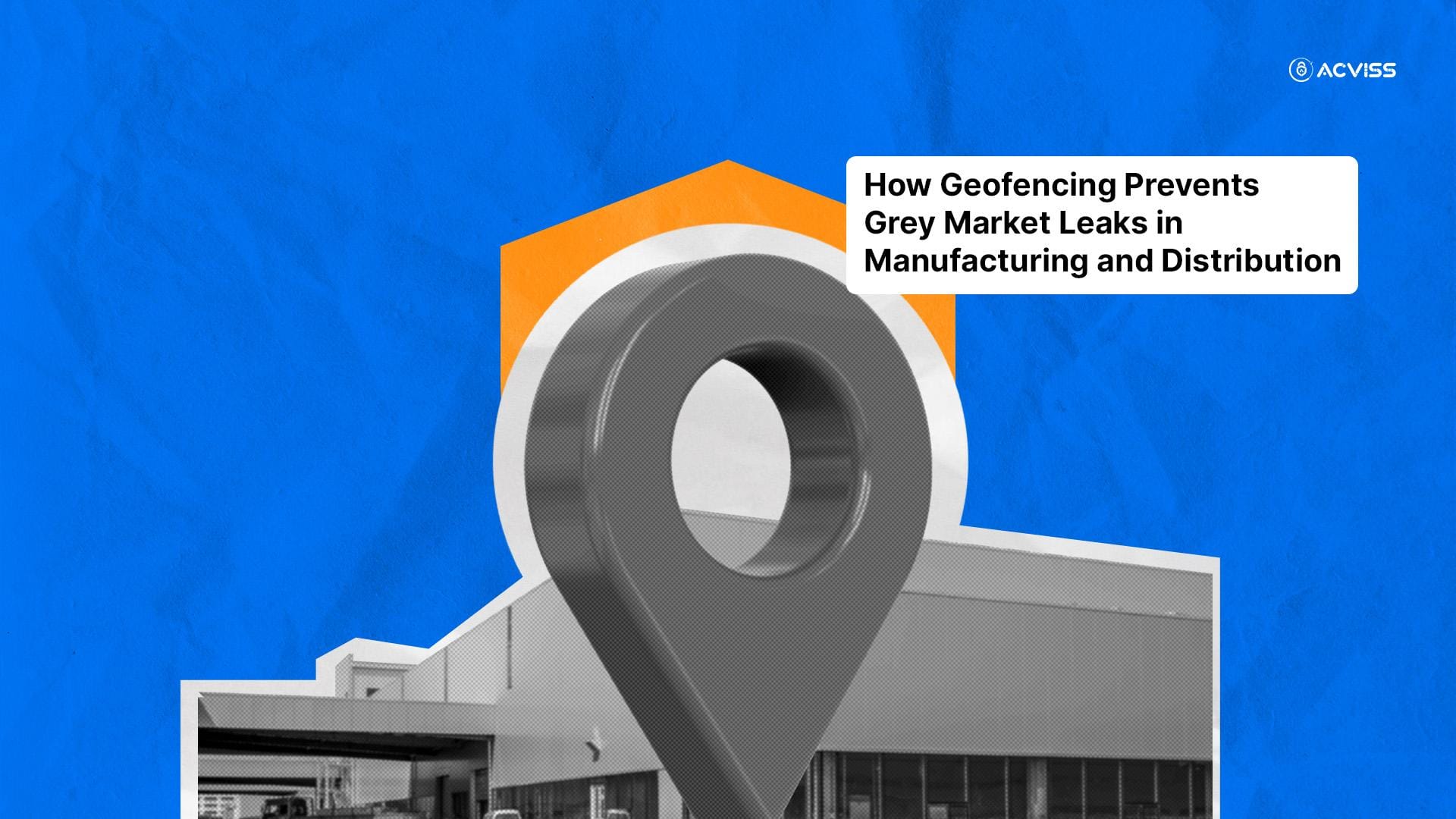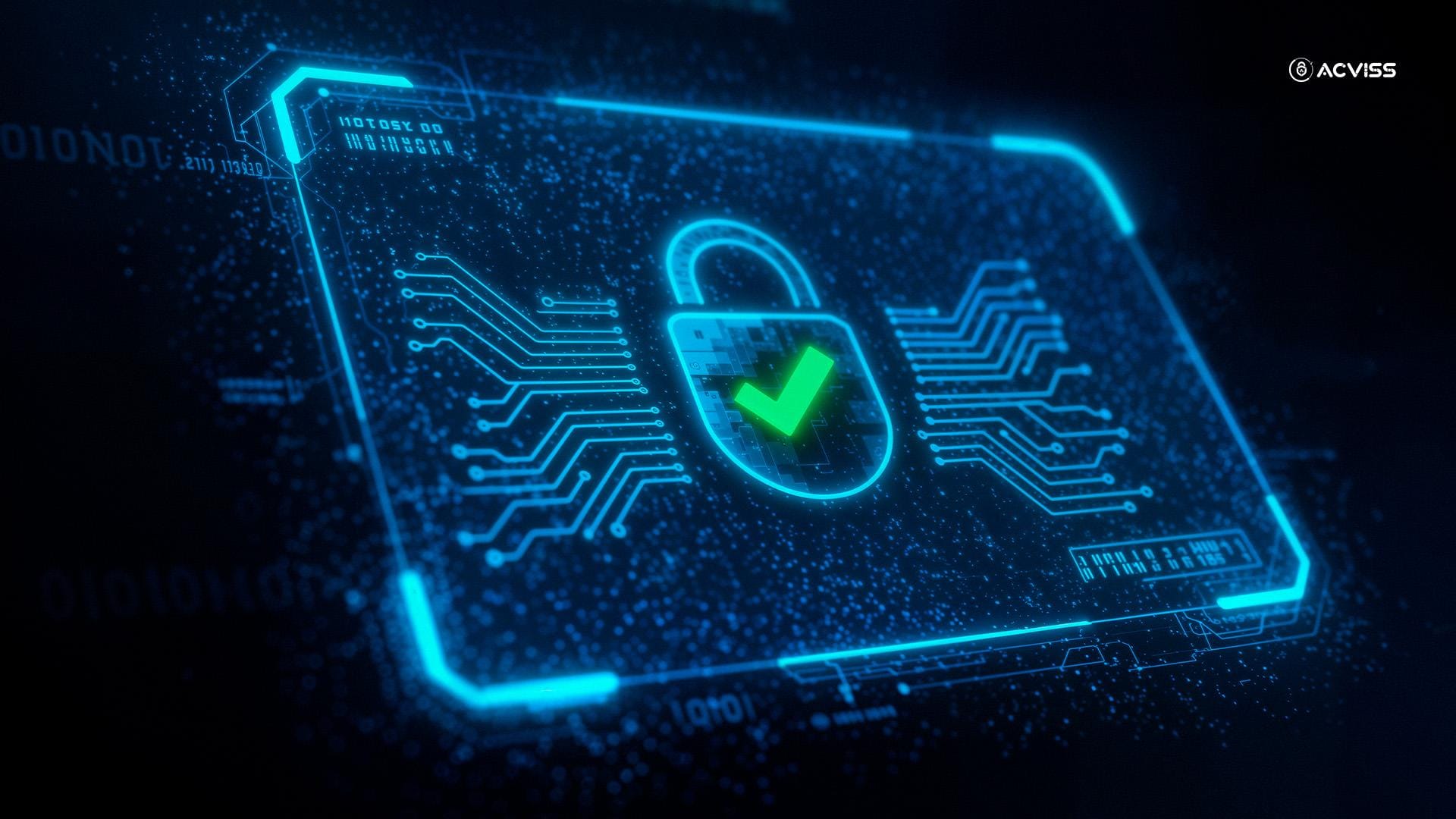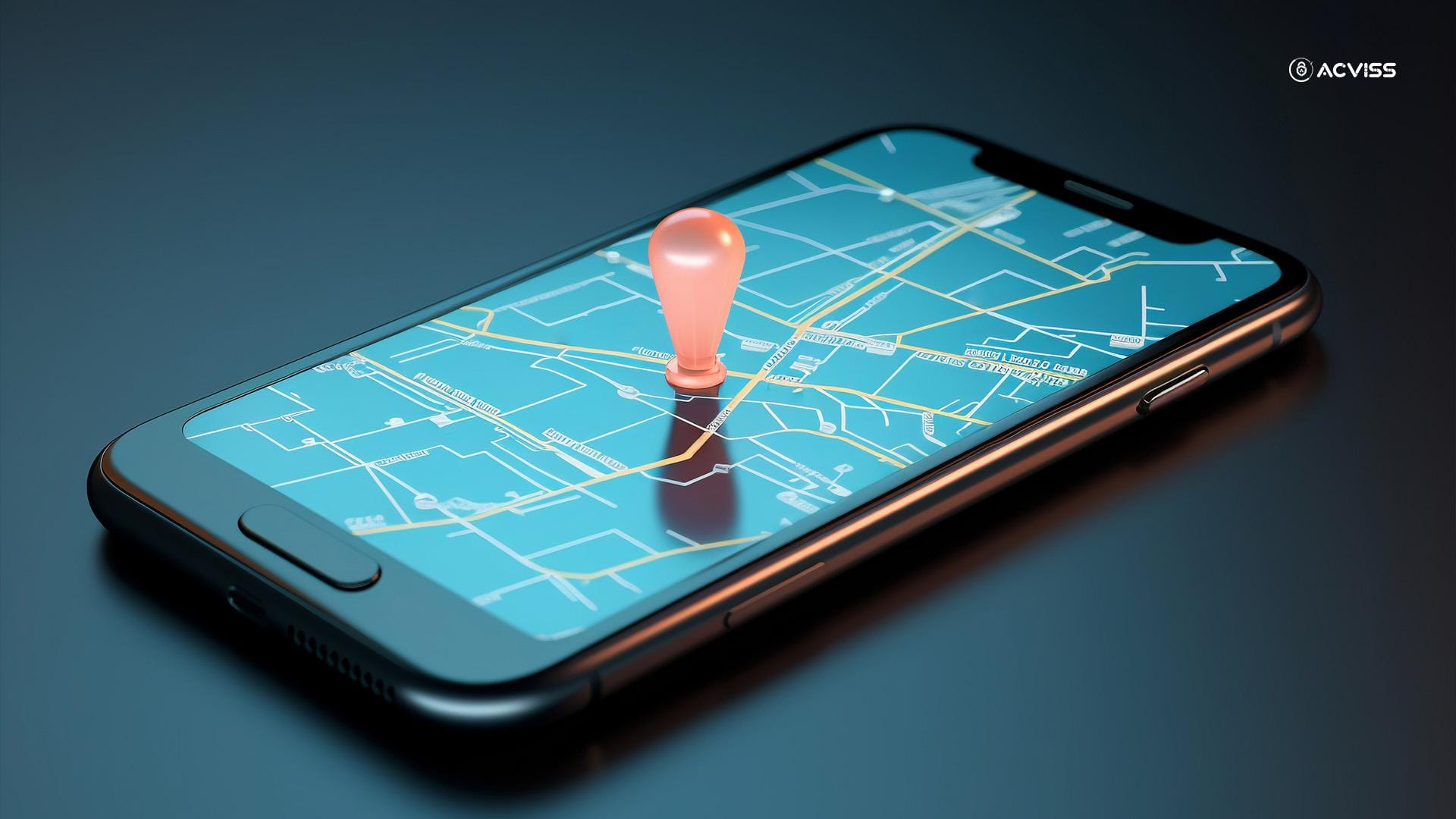How Geofencing Prevents Grey Market Leaks in Manufacturing and Distribution

Manufacturers invest years building distribution networks, safeguarding intellectual property, and earning consumer trust. Yet one of the biggest threats that silently undermines all these efforts is the grey market.
Grey market leaks occur when authentic products are diverted outside authorised distribution channels, often across borders where pricing or regulations differ. Unlike counterfeiting, these goods are real, but their unauthorised circulation weakens supply chain management, disrupts carefully planned pricing, and damages long-standing distributor relationships.
To control these leaks, brands are increasingly turning to technology. One of the most powerful approaches today is geofencing, combined with advanced product traceability and authentication systems. Together, these tools create digital boundaries that keep goods where they belong.
The Growing Challenge of Grey Market Distribution
Grey market activity is more common than many assume. Because the products are genuine, they often slip under the radar compared to counterfeit goods. However, the consequences are far-reaching. Brands lose their ability to maintain regional pricing strategies when distributors resell in higher-priced markets. Authorised partners become frustrated when their territory exclusivity is eroded. Customers face uncertainty when official and unofficial channels appear indistinguishable.
Regulators, too, can be drawn into the problem. A product sold in a region where it was never meant to be distributed may not comply with local standards, leading to penalties or recalls. In industries such as pharmaceuticals, electronics, and luxury goods, the reputational damage alone can be severe. For these reasons, grey market distribution is now viewed as a brand protection issue on par with counterfeiting.
What Role Geofencing Plays in Distribution Control

At its simplest, geofencing is a location-based technology that establishes virtual perimeters around defined territories. When applied to manufacturing distribution, it ensures that products are only activated, verified, or sold within their authorised geography.
Here’s how it works in practice. Each product carries a digital identity embedded into its packaging, such as a QR code, RFID tag, or a non-cloneable security label. As the product moves through the supply chain, its location is captured in real time. If the product appears outside its authorised territory, the system immediately generates an alert. This ability to detect irregular movement before products even reach retailers is what makes geofencing such a valuable tool against grey markets.
For manufacturers, geofencing is not just a technical feature; it is a strategic safeguard. It transforms distribution from a passive system into one that actively enforces compliance and strengthens brand protection.
How Geofencing Integrates with Product Traceability
Geofencing delivers its full potential only when paired with track and trace systems. Product traceability enables brands to follow the journey of each item from production through to the point of sale. This visibility ensures that any diversion can be traced back to the source, whether it occurs at the distributor, wholesaler, or retail level.
Blockchain technology has made this process even more robust. Storing product movement records in an immutable ledger prevents tampering and ensures that every transaction is verifiable. This makes it much harder for grey market activity to go unnoticed.
Solutions such as Origin highlight how blockchain and geofencing can work together to create transparent and tamper-proof supply chains. With this approach, a brand can not only detect when a product is sold outside its authorised geography but also identify precisely where the diversion occurred.
Why Authentication Strengthens the First Line of Defence

Even though grey market goods are genuine, authentication remains vital. Without it, customers cannot easily distinguish between official and unauthorised channels, especially in markets already plagued by counterfeit products. By embedding unique identifiers into packaging, brands enable instant product verification through mobile applications or scanning systems.
This turns consumers into active participants in brand authentication. A simple scan reassures them of a product’s legitimacy and simultaneously provides the brand with data on where the product was verified. If a consumer scans an item in an unexpected region, the brand gains an immediate signal of potential diversion.
Authentication technologies, therefore, complement geofencing by adding a consumer-facing layer of brand protection. They reinforce the value of official channels while creating another barrier against grey market trade.
Protecting Intellectual Property Through Technology
Grey market activity may not involve fake products, but it still undermines the commercial value of intellectual property. Trademarks, for example, are meant to safeguard not just logos and brand names but also the integrity of a product’s market presence. When grey market sellers exploit regional loopholes, they diminish this protection.
For this reason, IP protection strategies now extend beyond legal enforcement to include technological solutions such as geofencing, traceability, and authentication. By proactively securing products in the supply chain, brands uphold their trademark value and ensure that their reputation remains intact in every market they serve.
Why Geofencing is No Longer Optional

Globalisation has increased both opportunities and risks. While products move across borders more easily than ever, so do unauthorised sales. Traditional safeguards such as contracts and manual audits cannot keep up with the complexity of today’s distribution networks.
Geofencing changes the equation. Pairing anti-counterfeiting solutions with real-time distribution controls allows brands to move from reactive responses to proactive prevention. Instead of discovering leaks after the damage has been done, manufacturers can now stop them at the source.
For industries such as pharmaceuticals, automotive, consumer electronics, and fast-moving consumer goods, this shift is not just an advantage; it is a necessity.
Building Secure and Transparent Supply Chains
Grey market leaks may be less visible than counterfeit products, but their impact on supply chain management, brand protection, and customer trust is just as damaging. With geofencing, supported by product traceability and authentication, manufacturers can finally take control of their distribution networks.
Solutions like Origin show how blockchain-enabled track and trace, combined with digital geofencing, can create a secure and transparent ecosystem, protecting both intellectual property and consumer confidence.
Interested to learn more? Get in touch with us today to explore how advanced brand protection solutions can help you control your supply chain and prevent grey market leaks.
